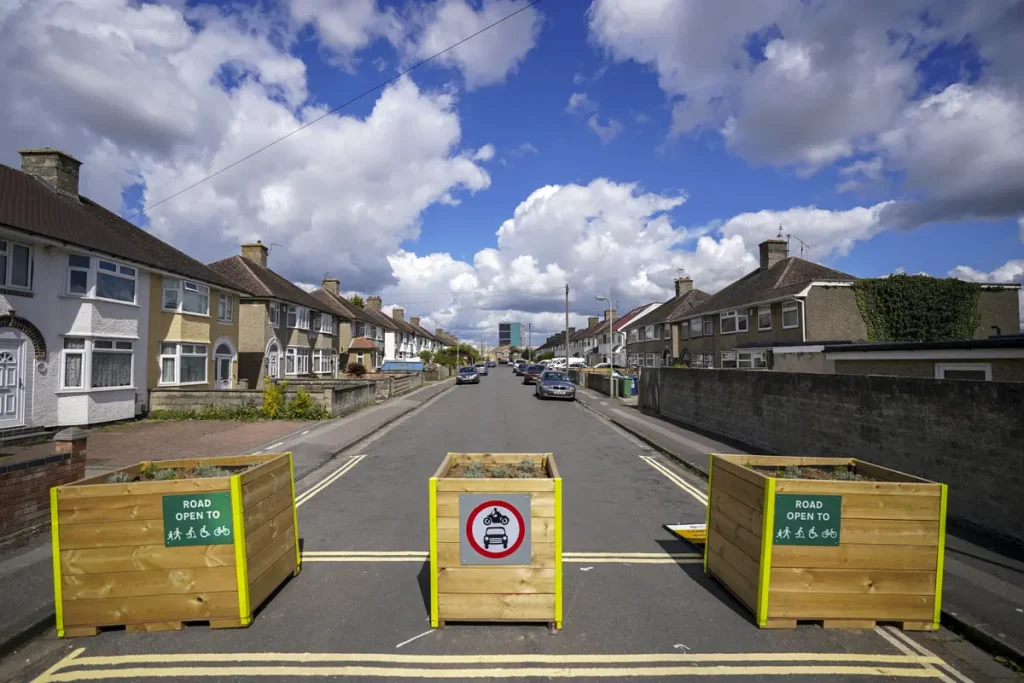Three Low Traffic Neighbourhoods (LTN) in East Oxford have been made permanent on Tuesday after an 18-month trial.
It came after three other Oxford LTNs were made permanent in July last year.
The Oxfordshire County Council, which is led by a Liberal Democrat Green Alliance, agreed to keep the controversial traffic limiting scheme around Divinity Road, St. Clement’s, and St. Mary’s on Tuesday after a heated three-hour meeting which became rowdy at times.
However, traffic-blocking bollards will be replaced with Automatic Number Plate Recognition (ANPR) cameras so emergency services, taxis, bin collectors and postmen can drive through.
Defending the scheme, Andrew Gant, the Liberal Democrat cabinet member for highway management, said “going back is not realistic” because of traffic jams in the areas in pre-LTN times and said the LTN scheme is about giving people “choices and good alternatives, and try to encourage those alternatives that are better for Oxford as a city.”
A resident opposing the plan accused councillors of disregarding the “pleas and suffering” of the people and businesses “in favour of a selfish minority of idealists, adding, “We will vote you out.”
LTNs sprang up across the country in 2020 during the COVID-19 pandemic, with barriers, planters, bollards, or road signs stopping motor vehicles from entering an area at all times or some of the time.
The LTNs in East Oxfordshire were introduced in May 2022, followed by protests against the scheme and the removal and damaging of bollards.
The planning concept shares some of the stated aims with traffic-limiting policies, including reducing carbon emissions and improving health and safety.
Oxford County Council’s official report recommended the cabinet keep the LTNs despite the overwhelming negative feedback from the consultations.
According to the report, consultations for the three areas received similar results, with the proportions of positive feedback ranging between 32 to 34 percent and those of negative feedback ranging between 59 and 61 percent.
Supporters cited improved access and safety for cyclists and pedestrians, quieter streets and cleaner air, and a “stronger community feeling,” while opponents raised concerns such as difficulties in accessing essential locations such as schools, work, and hospitals; impacts on the elderly and people with disabilities; the pushing of traffic and pollution elsewhere; and increased travel times and costs.



